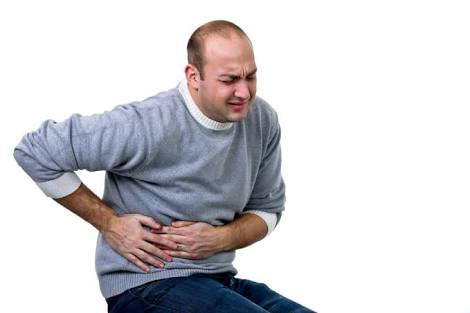Foot Problems
Foot Problems
Additionally,young children's feet have very flexible bones and joints. So the feet of such children flatten when they stand, even though you can see the arch if you lift them on their toes.
Many children are given special shoes for 'flat feet'. Most children have normal feet that look apparently flat during infancy and the pre-school age. If doubt about this condition persists after 3 years, do see an orthopedic surgeon.
Rigid Foot
In the case of a rigid foot which cannot be moved up and down or sides to side at the ankle or in the presence of a really tight Archilies tendon, your doctor may like to show the child to an orthopedic surgeon.
Toeing-in and Cub Foot
If the feet of a child are turned inwards but have normal movement at the ankle joints, they need no treatment. It may be due to a particular position of the baby while he was in the mother's womb. This condition returns to normal by about 6 months of age. If the toeing-in persists or it appears rigid, the child may have a condition called 'club foot' (Congenital telipes equinovarus). This may need an orthopedic opinion. Such children need repeated plastering. Sometimes, surgery is also indicated.
Shoes
Although shoes are necessary evil in the urban world, it is an accepted fact that people who remain barefoot have stronger and more flexible feet compared to those who wear shoes. They also have a fewer problems with their feet. So allow your child the joy of walking and running barefoot on safe ground as much as possible.
When you must buy shoes, do not go for fancy, expensive ones. Shoes are only meant to protect your small child from injuries and cold. Of course as he grows older, your child will like to have a smart pair of shoes. Buy him smart ones, but make sure that they are comfortable. Buy shoes later in the day when the feet are likely to be a little heavier than in the morning. The shoes should be a little larger than the exact size of your child's foot. Keep a margin of about 2 centimetres, but make sure that the shoe does not come off as the child runs or walk. Shoes that have become tight should no longer be used.
Shoes should be flat and flexible. For teenagers, cushioned soles may be preferred. Avoid high heels as far as possible. Wide shoes are better than pointed ones. Leather or canvas shoes without plastic material are good for your child's feet.





Comments
Post a Comment